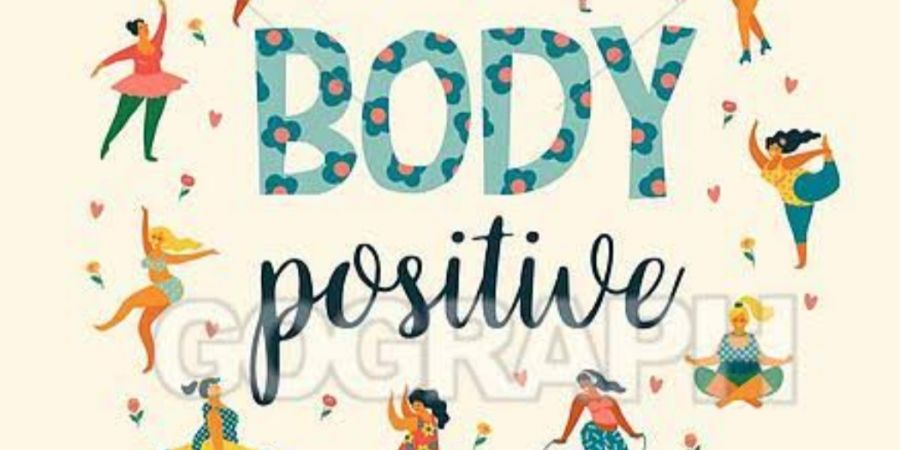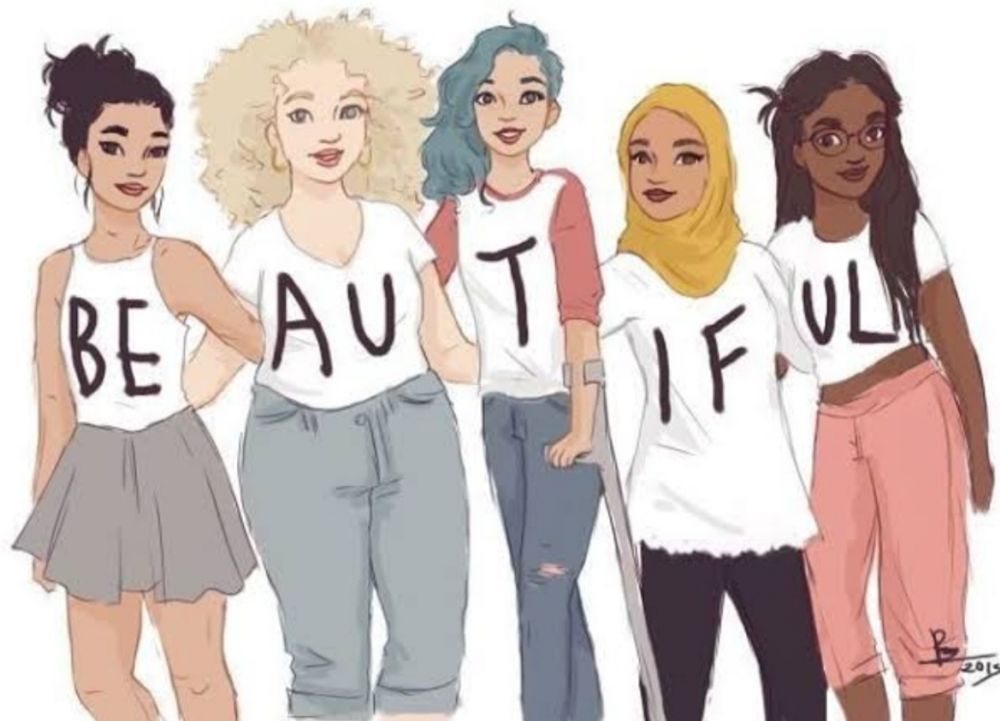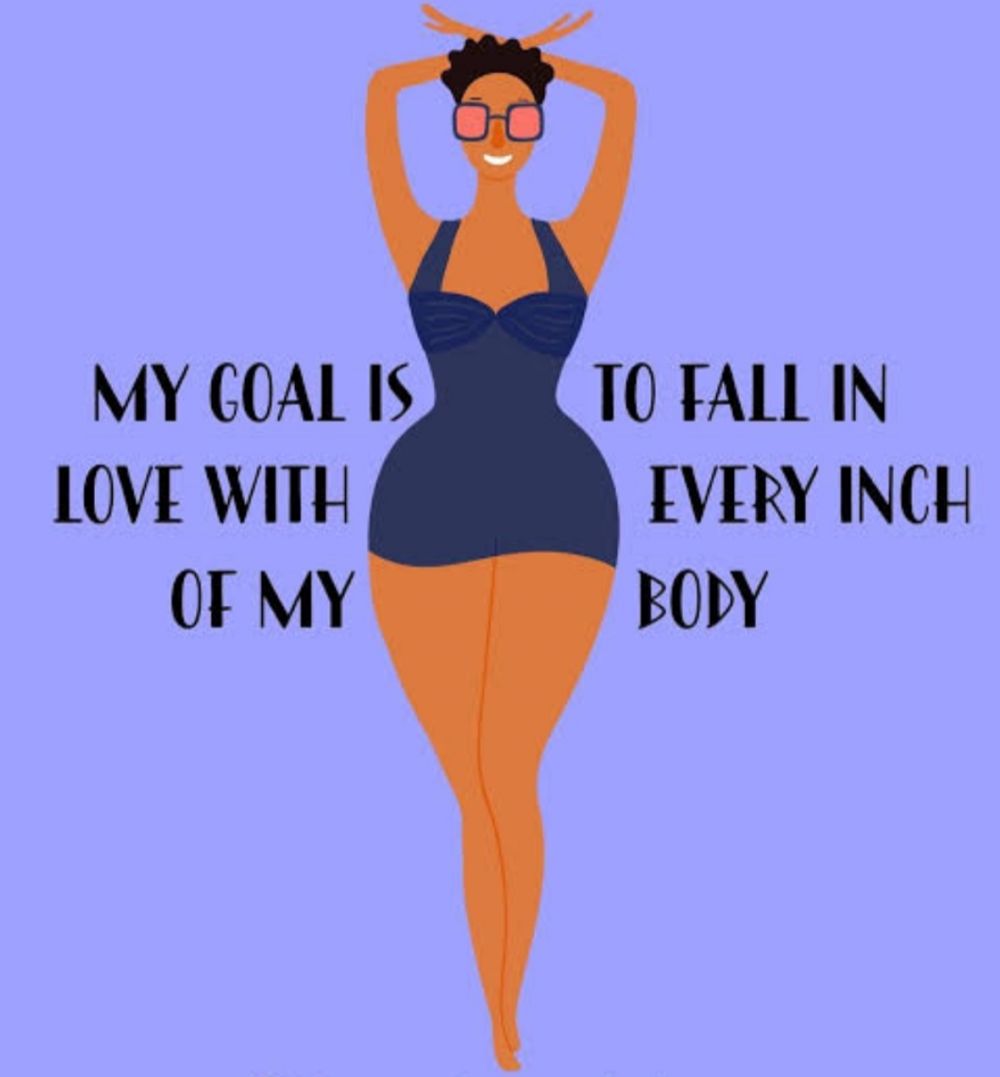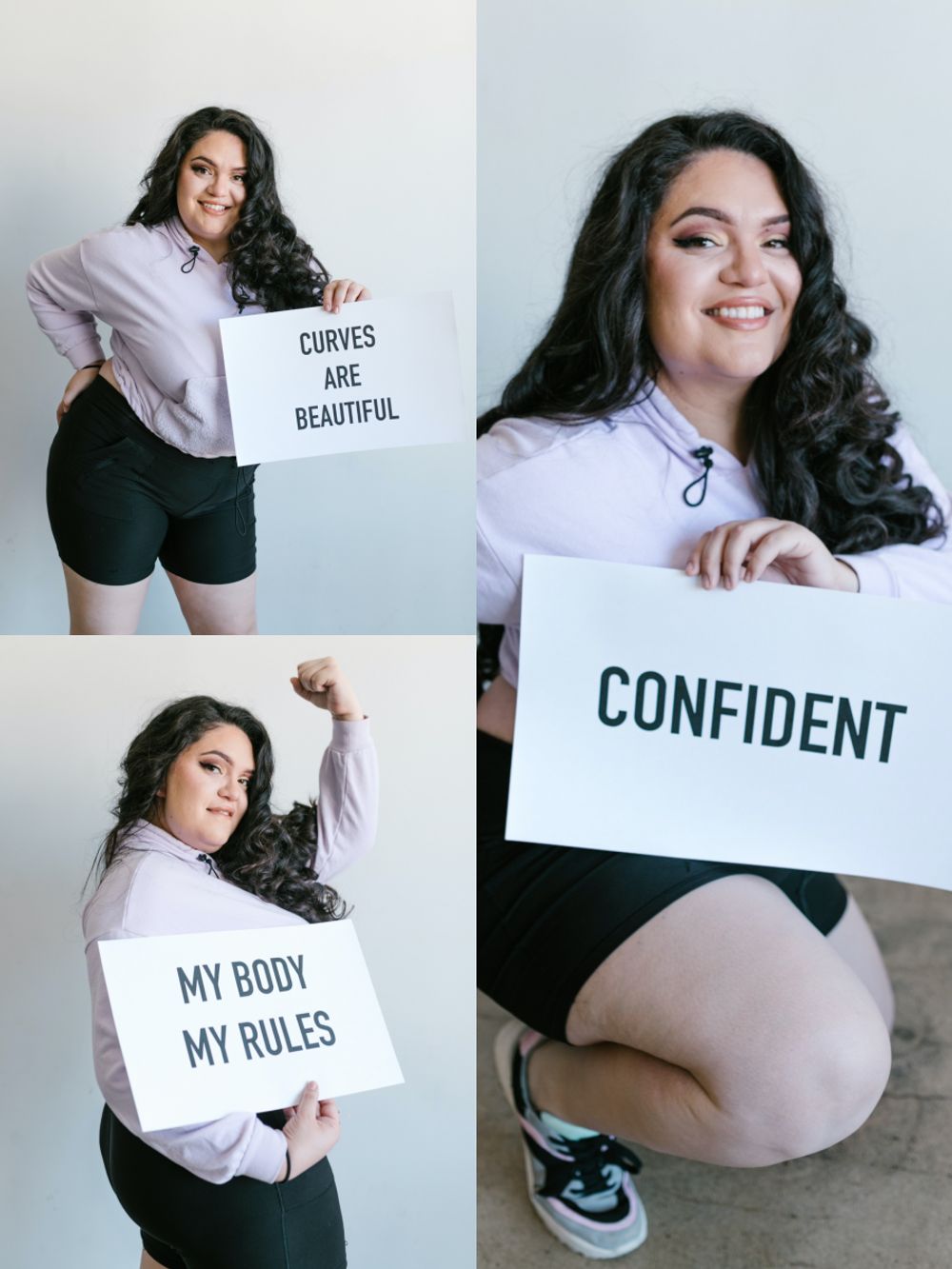

She looked at her reflection in the mirror and saw a pair of dull tired eyes staring back at her. Something was different that day. The mirror was unusually clear and revealing that morning. Was it the light? Or was it…… Oh right, the truth!
The love handles, the stretch marks, the acne scars, she saw right through her broken tooth how imperfect her smile was. Her focus was mainly on what she perceived as flaws. She acknowledged her despise for mirrors as they never lie, they have no filters.
I'm hideous she mumbled
I guess we all can feel her.
Living in this era of marathon towards perfectionism, I know how hard it is to see some peope glow up like Godess Aphrodite's favourite humans and these same people with their socially acceptable bodies staring up at you and shaming you for what they perceive as flaws, for not reaching the bare minimum of society's beauty standards.

Body shaming is the most common way of capitalisation on an individual's insecurities. Due to strong presence of social media in our everyday lives we are overwhelmed on a daily basis with images of perceived idealism. Furthermore, public images are noted upon through public comments and likes which gives feedback both negative and positive in an open forum. Celebrity trends with regard to diet, excersise and fashion tend to pave the way for how a person should look bases on what is considered ‘cool’ and ‘popular’ by demand. When people do not follow their trends, they can be looked at as different and shamed for it.
Research shows that body shaming can affect people both physically and mentally leading to depression, social anxiety, insomnia, eating disorders, self reproach, anger, fear, lowered self worth and self esteem.

In a society that profits from your self doubt, liking yourself is a rebellious activity. This rebellion has started ever since the Victorian era - the Victorian dress Reform Movement dating back to 1851 which aimed to put an end to the trend of women having to modify their bodies through use of corsets in order to fit the stereotype of tiny waist lines.
If the beginning of the decade was defined by “zero size” and clavicles worn proudly by tanned celebrities, the end was defined by a loudly proclaimed yet slippery embrace of body positivity. This movement challenged the unrealistic standards of beauty making people realise that it is a construct of society which should not determine one's confidence. It emphasise on the fact that all bodies are worthy bodies and we should start to normalise normal bodies.

It can be really hard to be yourself in a world where the people around you tell you, you have to be a certain kind of beautiful, trying to put you in a box to meet the stereotypes of beauty and appeal. But being you is really about inspiring yourself to feel comfortable and confident in your own skin and to embrace yourself. If a shoe doesn't fit you, you don't blame your feet, you just look around and find one that does. So when a dress doesn't fit, why blame your body? You are not meant to fit into clothes. Clothes are meant to fit for you.
You should learn to say goodbye to your inner critic and take this pledge to be kinder to yourself. Find acceptance within yourself. Hold your body with higher esteem than other people's opinion because it has done far more for you than they have. Look down at your body and whisper, “there's no home like you. Thank you.”
Stay tuned for more interesting contents.
Till then bye.






